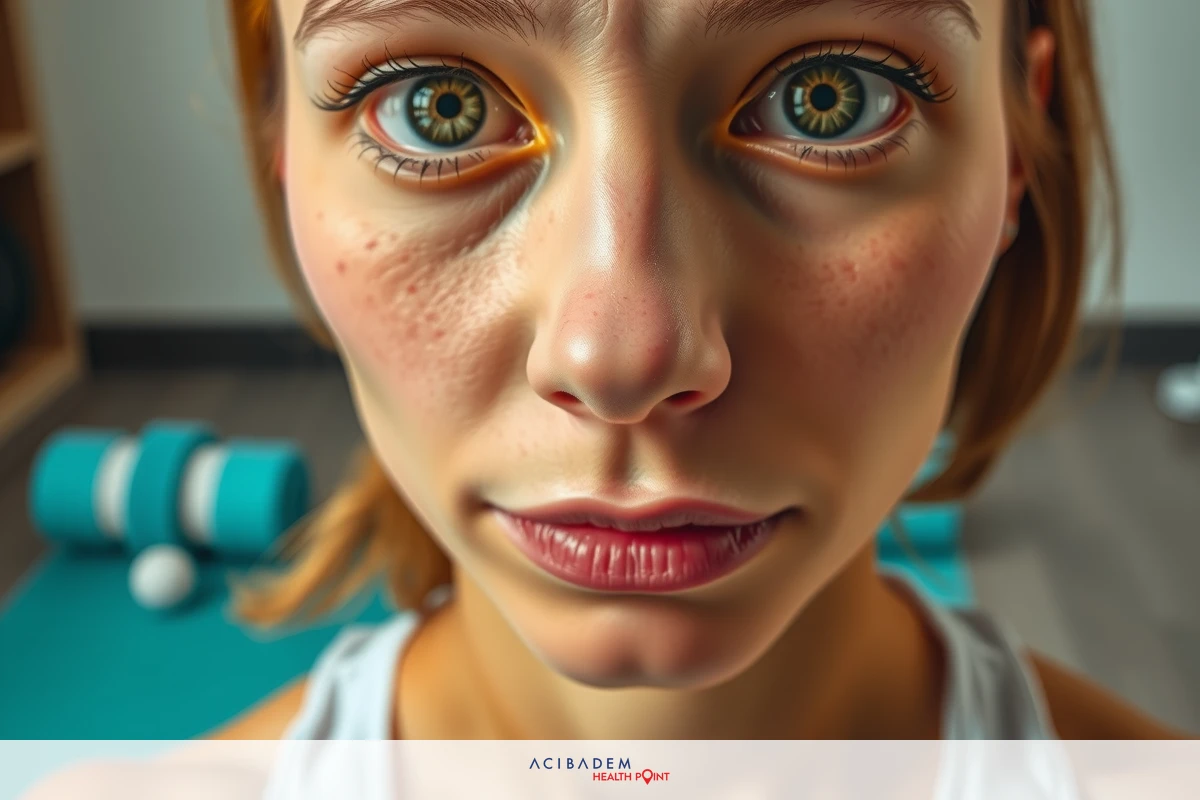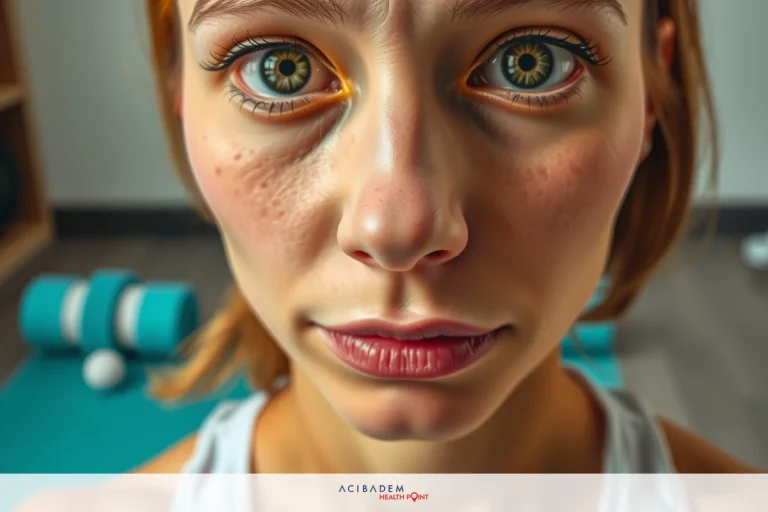What to Expect 3 Weeks Post Op Rhinoplasty
What to Expect 3 Weeks Post Op Rhinoplasty Rhinoplasty, a term synonymous with the transformation of one’s nasal structure, is often followed by an intriguing period of recovery. During this stage, patients may still observe some swelling or bruising 3 weeks post-operation. It is also common for individuals to notice improvements in their breathing capacity during this time frame.
Alongside physical changes and enhancements in respiratory function, the third week after rhinoplasty marks a pivotal point where activity level restrictions begin to ease off. These transitions might evoke multiple questions regarding what activities are safe and which ones require further patience. Such inquiries are indeed justified for anyone navigating through this critical phase of healing progression.
Swelling and Bruising
Swelling and bruising, integral aspects of rhinoplasty recovery, often pose a significant interest for patients post-operation. In the third week after surgery, it’s quite usual to see some residual swelling or bruising on your nose and around the eyes. This phase signifies that healing is indeed underway but not yet complete.
The degree of swelling experienced can vary from patient to patient due to individual response mechanisms towards surgical interventions. It depends largely on factors such as age, general health status, skin type and even genetic predisposition. Remember that each person’s journey with rhinoplasty recovery is unique; hence the rate at which swelling subsides may differ as well.
Bruising following rhinoplasty is typically more visible during the initial days following surgery but gradually fades over time. By 3 weeks post-op, any remnants of bruising are usually confined to discreet areas under the eyes or along the nasal bridge. Some might observe color changes ranging from yellowish hues to faint blues before finally disappearing altogether.
These expectations regarding swellings and bruises can help alleviate concerns related to appearance in this critical healing period while providing insight into what constitutes typical progress in post-operative recovery. Note that consulting healthcare providers remains paramount if any alarming symptoms arise or if there’s an overall lack of improvement in this aspect within expected timelines.
In summary, 3 weeks into your rhinoplasty recovery could still entail dealing with some level of swelling or bruise visibility. A testament not just to surgical trauma but also your body’s resilient efforts towards regeneration and repair.
Breathing Improvement
A notable feature in the narrative of rhinoplasty recovery is the progressive improvement in breathing. As you navigate through your third week post-operation, it’s likely that an enhanced nasal airflow begins to emerge as swelling subsides. This development could be a much-awaited boon for those who underwent surgery with functional goals such as correcting a deviated septum.
Breathing improvements do not follow a universal timeline and can vary based on several factors including surgical technique employed, complexity of initial nasal conditions, and individual healing patterns. It’s also important to acknowledge that while some patients may already enjoy noticeable enhancements in their respiration around this time, others might require more weeks before they can appreciate significant changes.
The presence of internal nasal splints or packing during the early days following rhinoplasty often hinders optimal breathing capabilities initially. However, once these are removed—typically within one to two weeks post-op—the pathway opens up for gradual but consistent respiratory amelioration. By 3 weeks post-surgery,

many individuals find themselves taking deeper breaths with reduced struggle compared to their pre operative state.
Considerably improved breathing offers not just physical relief but also psychological reassurance about successful progress along your post-operative journey at this stage; however remember that patience still plays a crucial role here. If there’s no remarkable change yet at 3 weeks or if concerns arise regarding persistent difficulties despite anticipated timelines being crossed—it remains essential to seek professional medical advice.
In essence, by 3 weeks after rhinoplasty surgery. you’re likely situated at an exciting juncture where increased comfort levels meet augmented respiratory efficiency.
Activity Level and Restrictions
The journey of rhinoplasty recovery is marked not just by physical transformations or breathability advancements, but also the gradual reintroduction of activities into your daily routine. 3 weeks post-operation often signifies a turning point where certain restrictions start to lift, allowing you more flexibility in movement and exertion levels.
Navigating activity levels after rhinoplasty surgery requires balance, while it’s essential to keep mobile for overall health, excessive strain can compromise healing progress. During the initial two weeks post-surgery, low-impact movements like gentle walking are recommended while strenuous exercises are generally discouraged. However, as you step into the third week of recovery, light cardio or non-contact sports might be cautiously reintroduced depending on individual healing status.
Several factors influence when and how much one can ramp up their activity level during this phase, these include surgical complexity, individual health condition, age among others. For instance; those with a history of swift recoveries from past surgeries might find themselves comfortably jogging at 3 weeks post-op while others may need additional time before they can resume such activities safely.
A crucial aspect to bear in mind is that even though activity restrictions begin easing around this period, vigilance remains paramount. Any form of exercise should be approached gradually ensuring discomfort or pain isn’t experienced during any phase—an increase in swelling or onset of bleeding serves as signals indicating an overstepping boundary which must prompt immediate halt followed by rest and consultation with healthcare professionals if needed.
3 weeks following your rhinoplasty procedure could mark the exciting return towards pre-operative lifestyle norms with careful consideration towards what activities are safe to engage in thus far. In essence signaling another milestone crossed on your path towards full recovery.
What to Expect 3 Weeks Post Op Rhinoplasty: Frequently Asked Questions
How long does it usually take for all swelling to completely subside after a rhinoplasty procedure?
While most of the pronounced swelling dissipates within the first few weeks, subtle swelling can persist up to a year or even longer in some cases. These minor changes are typically only noticeable to you and your surgeon.
I've noticed significant improvement in my breathing after 3 weeks post-op, is this normal?
Yes, that's quite normal and a positive sign of healing progress! The third week post-rhinoplasty often marks an important milestone where patients start experiencing notable improvements in their respiratory function as internal nasal passages clear up from surgical interventions.
Can I resume regular exercise routines at 3 weeks following surgery?
It depends on your individual recovery status. Generally speaking, more strenuous activities like running or weightlifting might still need a bit more time before they can be safely resumed. Always consult with your healthcare provider before reintroducing intense physical exertion into your routine.
I'm still observing some bruising around my nose and under my eyes; should I be concerned?
Bruising varies significantly among individuals but it's not uncommon for some residual discoloration to linger until the fourth week or even beyond occasionally. If you notice an increase in bruising or if accompanied by severe pain—reaching out to medical professionals would be advisable.











